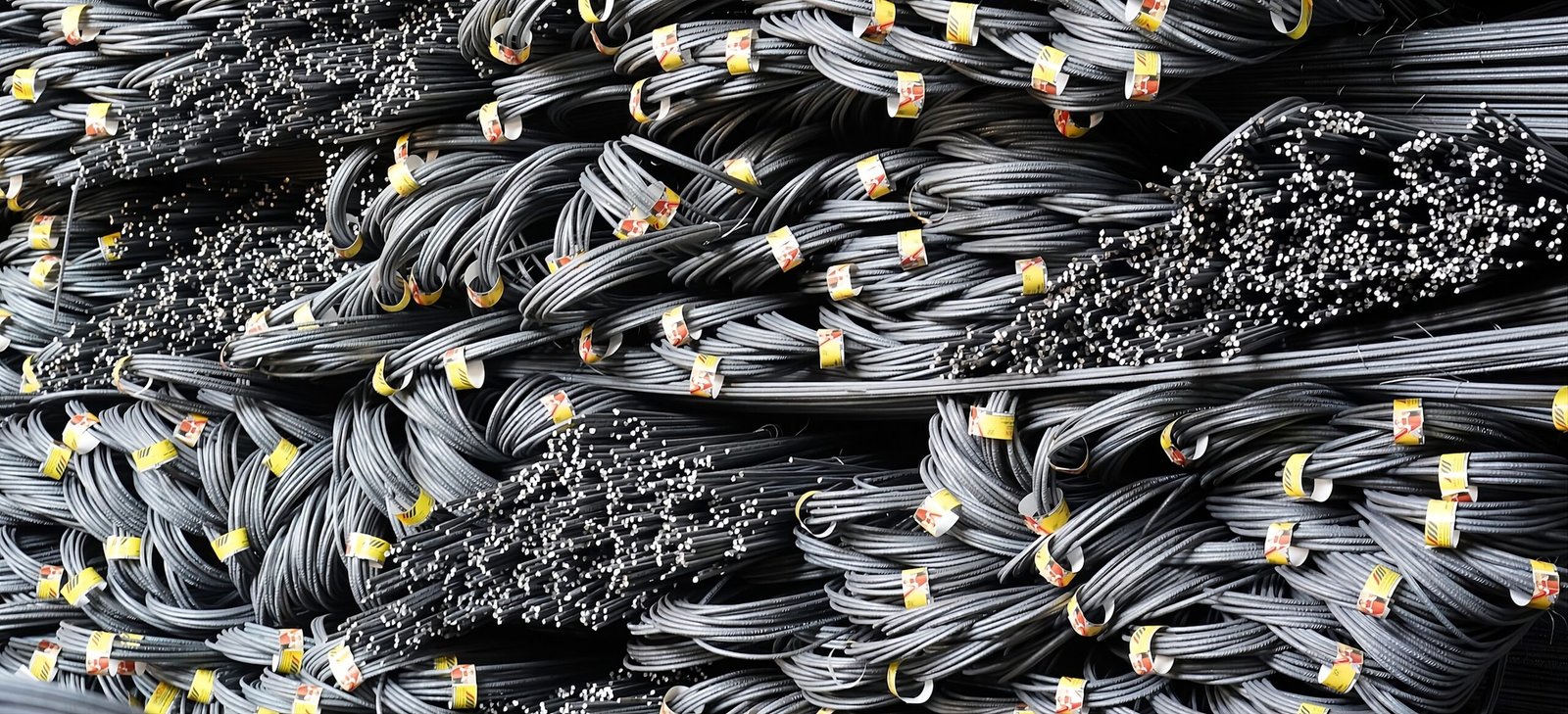Choosing between prefab modular office construction and traditional building methods can drastically affect project efficiency, budget, and timelines. A modular office offers streamlined processes by manufacturing sections off-site, while traditional construction builds everything on-site. This distinction leads to notable differences in cost management and time savings. Understanding these differences allows businesses to make informed decisions that optimize resource use and accelerate project delivery. The growing preference for modular office solutions reflects their ability to address common construction challenges, helping companies meet operational demands faster and more cost-effectively.
Differences Between Prefab Modular Office and Traditional Construction
Prefab modular office construction shifts much of the building process off-site to controlled factory environments, where sections are fabricated and quality-checked before transportation. Traditional construction happens entirely on-site, relying on sequential tasks like framing, wiring, and finishing, which are more susceptible to delays from weather and labor availability. The modular office method allows simultaneous site preparation and module fabrication, drastically reducing construction time. Furthermore, factory conditions promote consistent quality and precision, unlike traditional builds, where variations can arise from changing site conditions and manual labor inconsistencies.
How Costs Vary in Prefab Modular Office Projects and Traditional Builds
Cost dynamics between modular office construction and traditional methods reflect differences in labor, materials, and logistics. Prefab projects often reduce labor costs by moving assembly indoors, increasing efficiency and reducing overtime expenses. Material usage benefits from factory precision, minimizing waste, although specialized components might raise upfront costs. Traditional builds incur higher labor expenses due to longer timelines and variable site conditions. However, transportation of prefab modules adds logistical fees absent in traditional methods. Overall project budgets must account for these elements, including indirect costs like site preparation and potential delays that can inflate expenses in traditional construction.
Key Cost Components to Consider
- Labor: Prefab office projects decrease on-site labor by completing much work in factories, lowering total labor costs and reducing weather-related downtime.
- Materials: Precise factory production optimizes materials, but customized prefab components might increase initial expenses.
- Transportation: Delivering prefabricated modules to the construction site introduces unique logistics costs.
- Site Preparation: Both methods require groundwork; however, traditional construction often demands more coordination and longer site occupation.
- Contingencies: Traditional construction faces higher risks of delays from weather or supply issues, potentially escalating budgets.
Time Efficiency: Prefab Modular Office vs. Traditional Construction
Time efficiency distinguishes prefab modular office builds from traditional construction. Prefab allows site preparation and module manufacturing to occur simultaneously, shortening the overall schedule. Traditional builds follow a sequential process, where delays such as adverse weather or material shortages push timelines back. The prefab modular office process also reduces on-site labor hours and unexpected disruptions, enhancing predictability and enabling faster occupancy. For businesses, quicker project delivery means earlier operations commencement, lowering indirect costs and improving return on investment.
Stages That Influence Project Duration
- Design and Planning: Prefab modular office projects require upfront detailed design to ensure module compatibility, which streamlines subsequent phases.
- Fabrication: Modules are constructed in climate-controlled environments, avoiding weather delays common in traditional builds.
- Site Preparation and Foundation: This work runs parallel to fabrication, saving significant time compared to sequential traditional processes.
- Assembly and Finishing: On-site module assembly is rapid since interior finishes are pre-installed, reducing on-site labor duration.
Benefits of Choosing Prefab Modular Office for Faster Project Completion
Prefabricated modular office construction accelerates project timelines by reducing dependency on weather and labor availability. Factory-controlled settings allow strict quality control, reducing rework and defects. Faster assembly enables businesses to occupy spaces sooner, which can translate to quicker revenue generation. This method also minimizes site disruption and environmental impact. For large-scale projects, these advantages collectively result in meaningful savings on time and money, improving overall project viability and competitiveness in fast-paced industries.
Challenges and Limitations of Both Construction Methods
While prefab modular office construction offers speed and efficiency, transportation of large modules requires logistical planning and may incur additional costs or regulatory hurdles. Design flexibility can be constrained, as major changes post-fabrication become difficult. Traditional construction allows for on-site design modifications but suffers from longer timelines, weather risks, and labor availability challenges. Both methods require careful planning and risk management to ensure project goals are met without unexpected delays or cost overruns.
Key Takeaway
The prefab modular office method provides significant cost and time benefits compared to traditional construction, particularly for projects demanding fast delivery and predictable budgets. Reduced labor costs, minimized weather impact, and simultaneous workflows make prefab modular office construction a practical and strategic choice. Despite some logistical and design limitations, the overall efficiency gains often outweigh these challenges. Businesses prioritizing accelerated timelines and cost management should strongly consider prefab modular office solutions to meet their construction and operational objectives effectively.











Leave a Reply